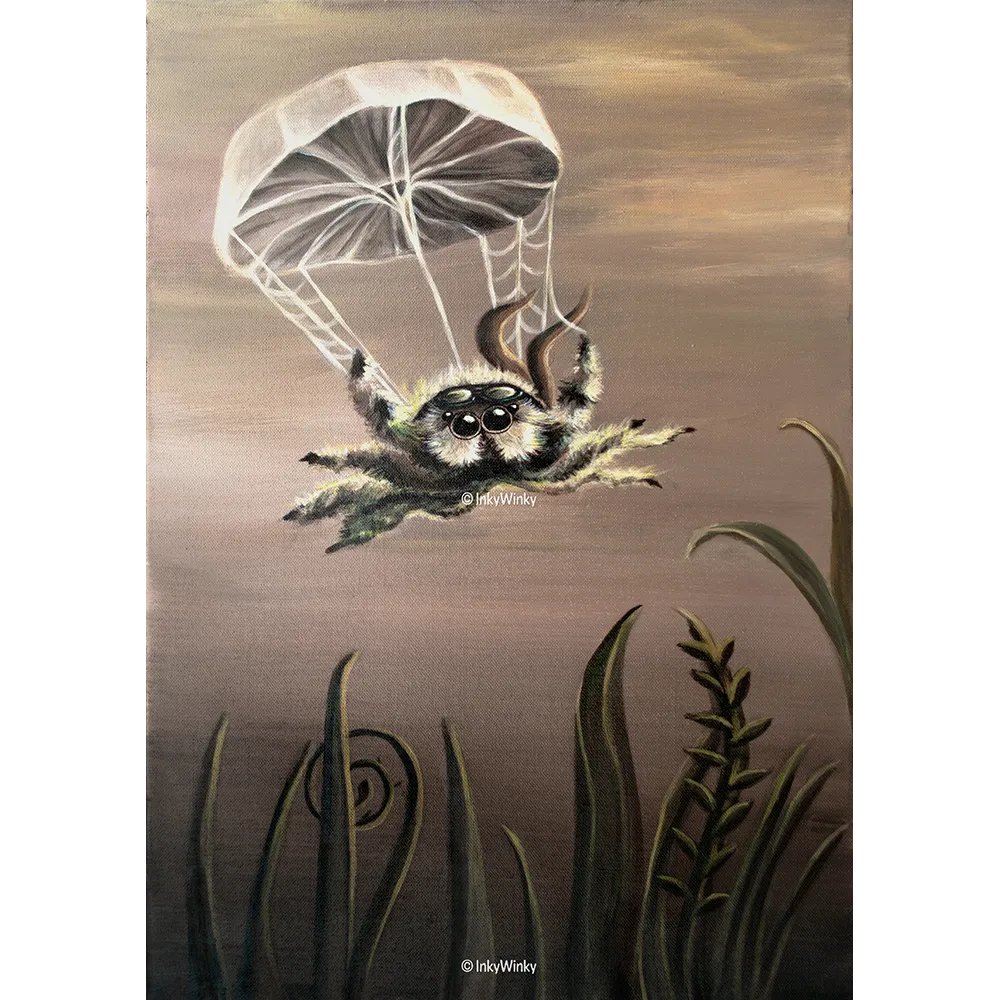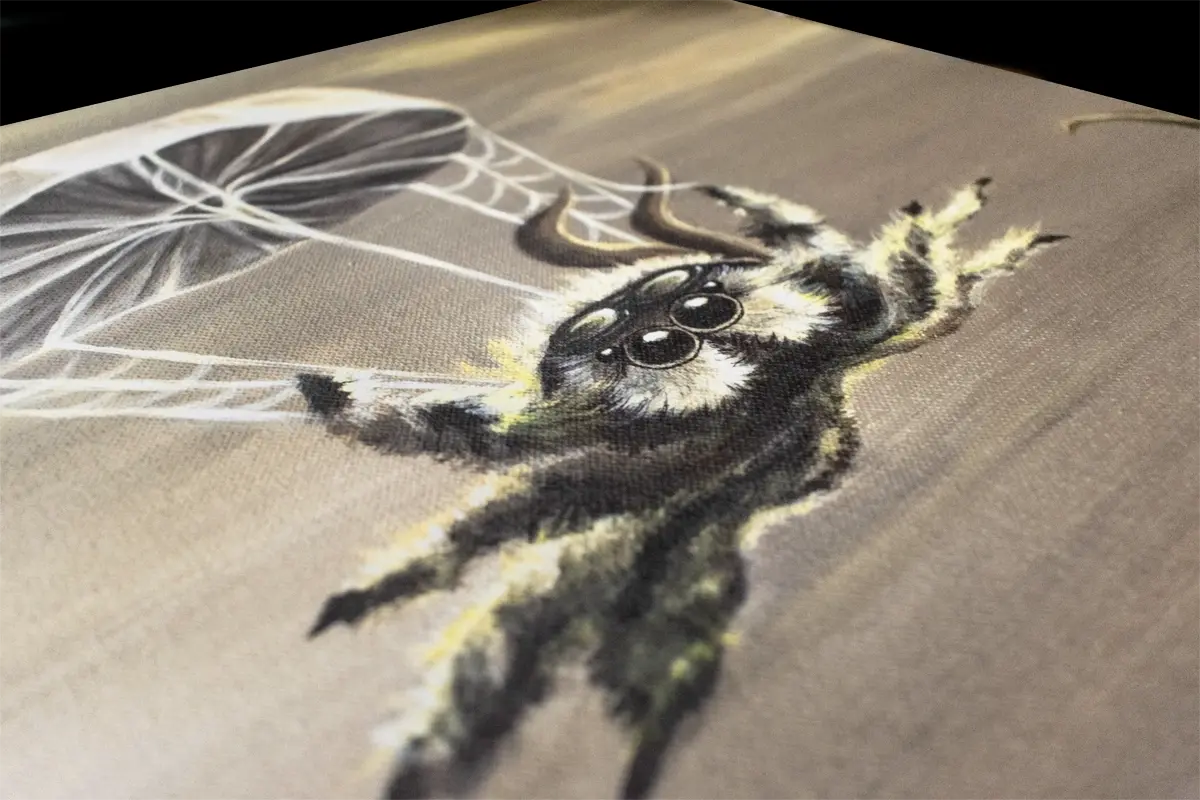Shop Impressionist Art Online:
Browse our range of Impressionist Art below, note limited availability of original artworks.
7 products



 Flapjack in Deep Space - Fine Art Print
Flapjack in Deep Space - Fine Art PrintFlapjack in Deep Space - Fine Art Print
Regular price $34.99+Unit price per
 The Magic Weevil - Fine Art Print
The Magic Weevil - Fine Art PrintThe Magic Weevil - Fine Art Print
Regular price $34.99+Unit price per


 The Axolotl Princess - Fine Art Print
The Axolotl Princess - Fine Art PrintThe Axolotl Princess - Fine Art Print
Regular price $34.99+Unit price per
 Edgar Allan Crow - Fine Art Print
Edgar Allan Crow - Fine Art PrintEdgar Allan Crow - Fine Art Print
Regular price $34.99+Unit price per


Where can I use Impressionist Art?
Impressionist Artwork can function well in so many settings, but our recommendations include:
Home Offices, Bookstores, Wine Bars, Display Homes, Furniture Stores, Waiting Rooms, Dining Rooms, Receptions, Librarys, Post Offices, and Health Care Facilities.
If you're looking for something to fit a different room, browse through our entire store below. We're sure we have something for you.



















